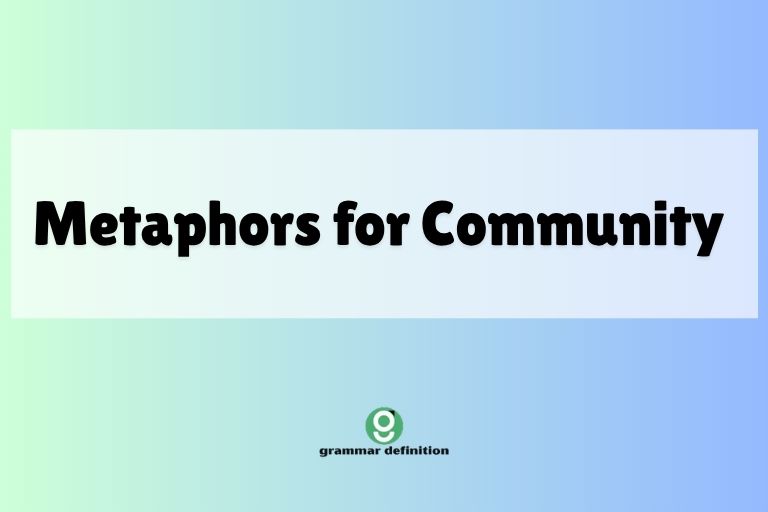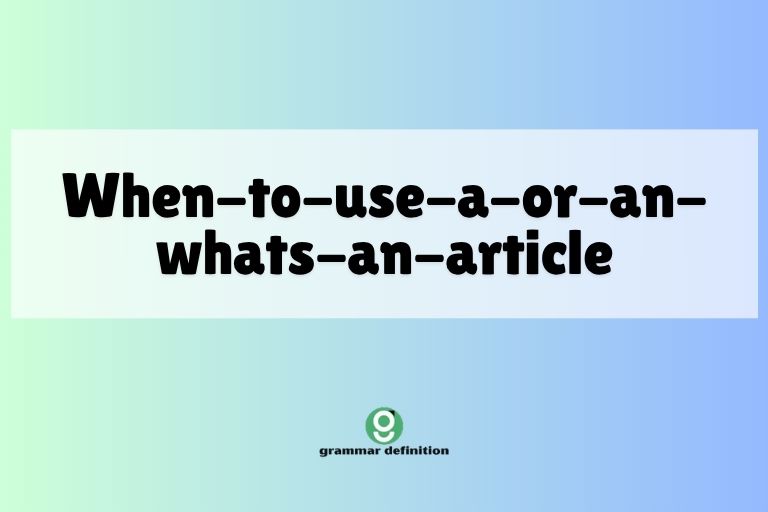Community as Metaphor: Exploring Figurative Language
Understanding metaphors is crucial for mastering English, as they add depth and nuance to our communication. This article delves into the fascinating world of metaphors for community, examining how these figures of speech shape our perception and understanding of social groups. Learning about these metaphors will enhance your comprehension of both written and spoken English, … Read more










